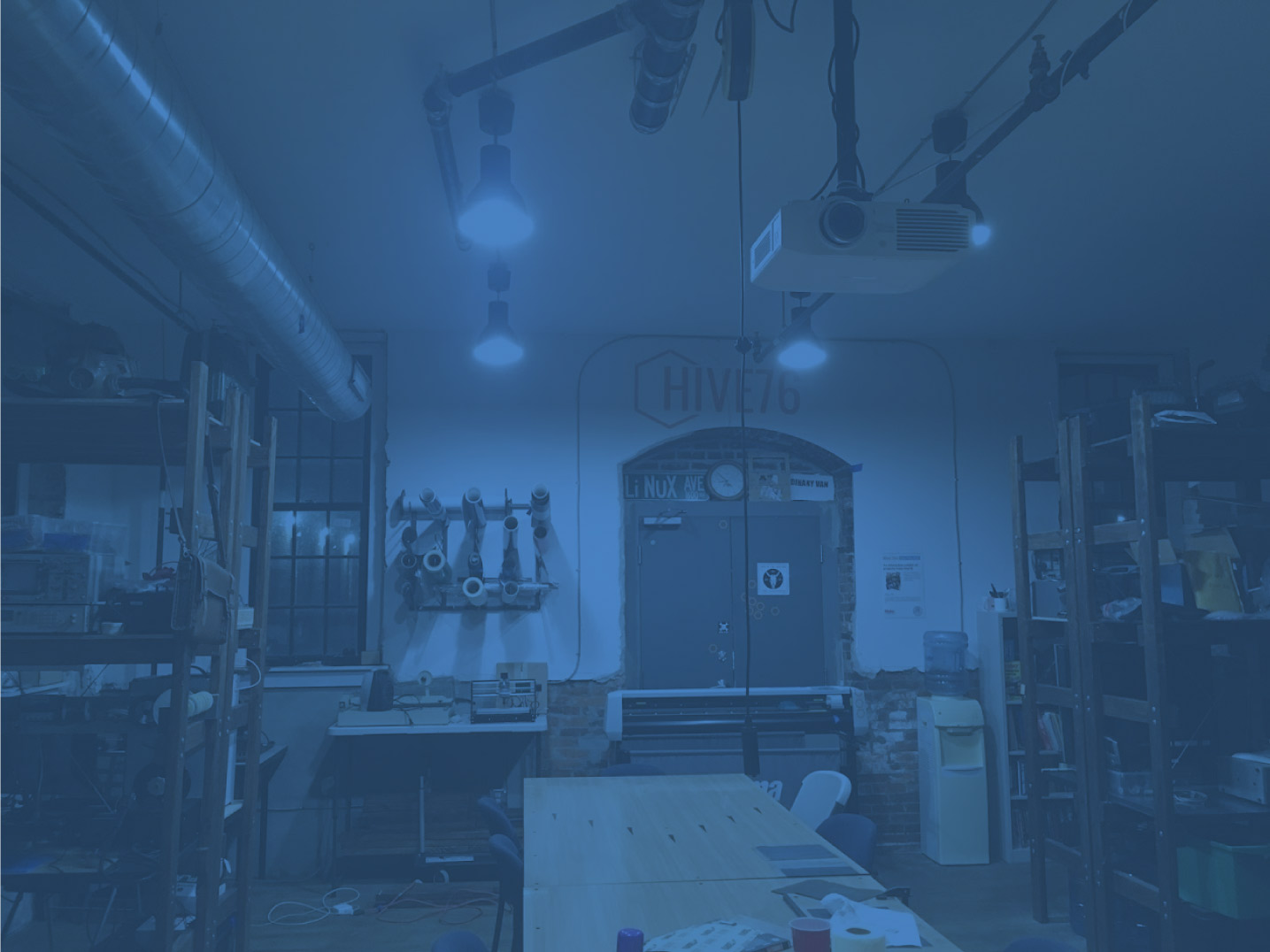“Hey let’s take the boat out.”
“Hold on, I wanna build a hydrophone first.”

And so, using the parts left over from the day’s Piezo Transducer Class, some wire, a spraypaint cap, red solo cup, and two sticks, the Hive76 Aquaphone was born. With a battery powered amplifer and some groovy headphones, we had ourselves a mobile underwater listening apparatus. Globs and globs of hot glue waterproofed all connections.

We went on down to the marina and took the boat out. There was no traffic on the Delaware river to listen to, so we found a tanker in port and pulled along side, hoping to hear her engine room. Initially all that came through was flow noise, so we killed our engine and came to a stop. In calm water and with sufficient depth, we were able to get a low-fidelity audio peek at her running generators and machinery. Video (apologies for my drooping drawers):
Sure it sounds like just a bunch of random noise, but it matched the observed airborne signature (what we heard with our own ears). As a check, we performed the same test further up the river in the absence of a ship and heard nothing.


That’s excellent Dan! When I’m back in the states I’ll have to check your invention out. I’ve been thinking about using piezo transducers as a way to clean the hydroponic water tanks. I’m not sure if it would work but it would be fun to try!